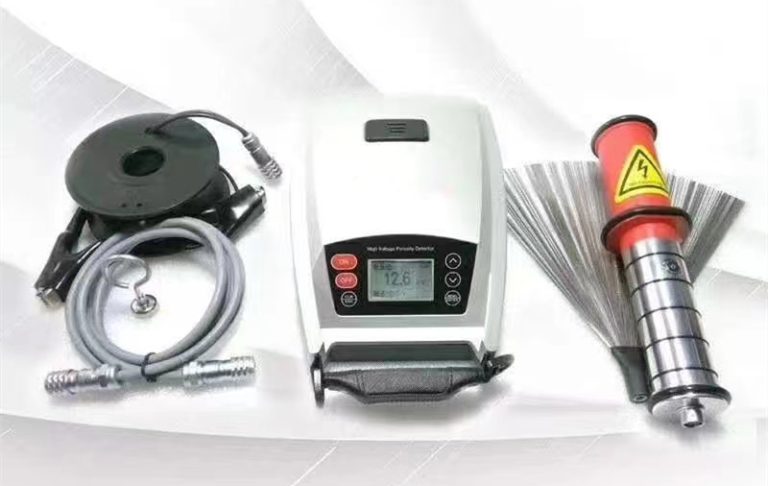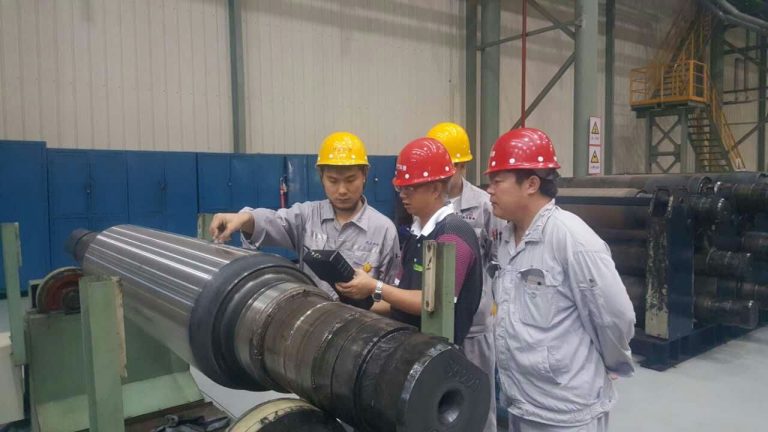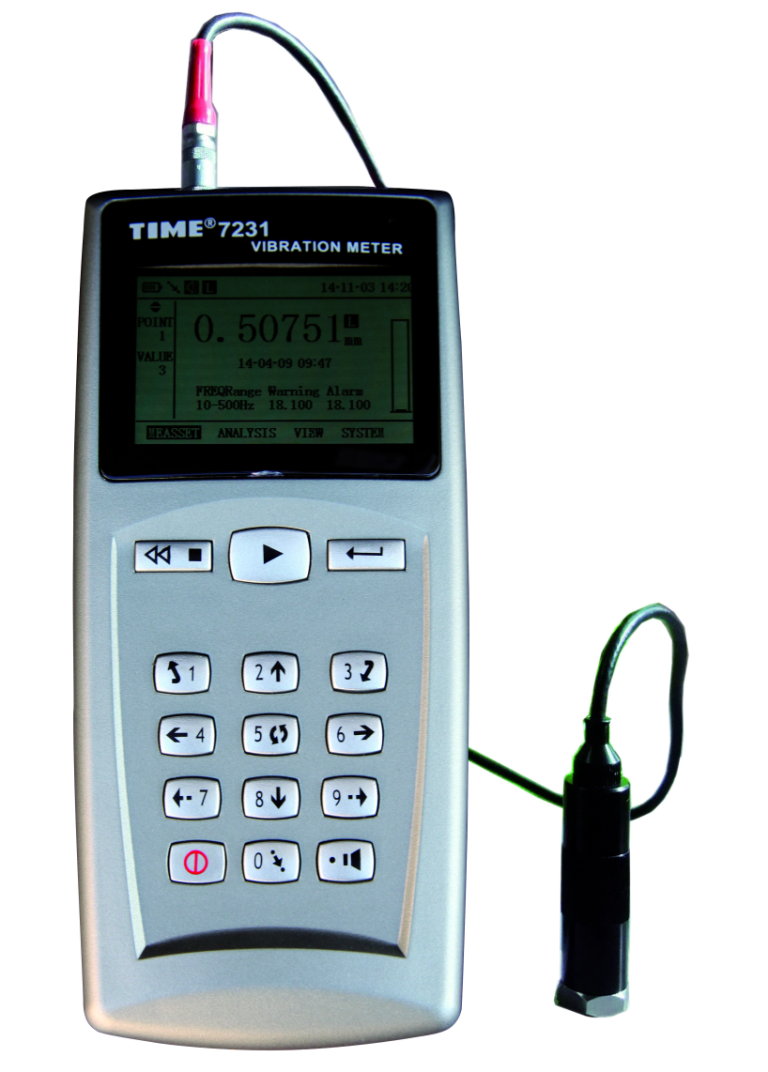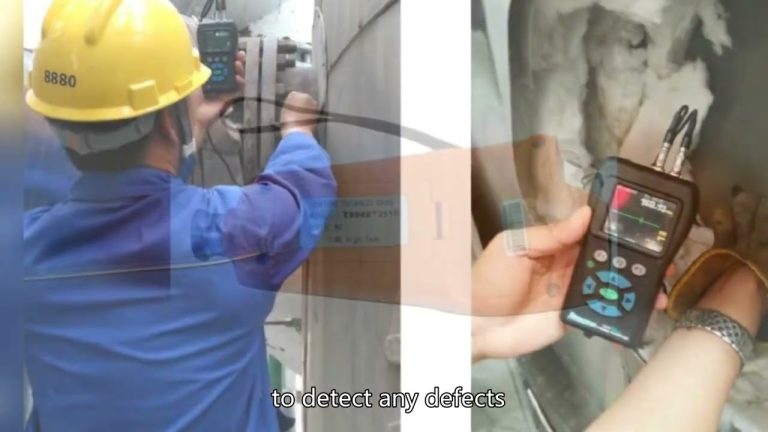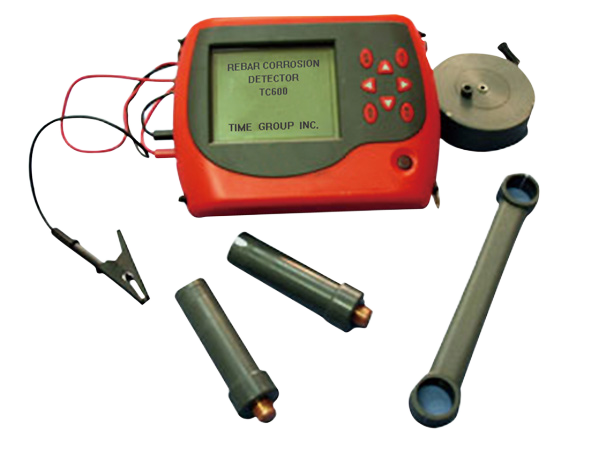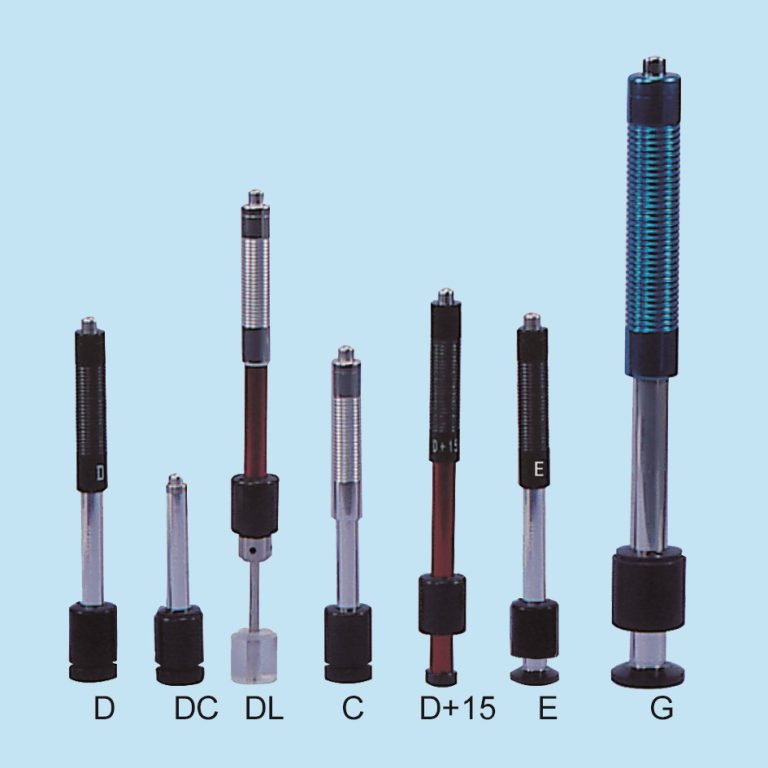Characteristics of fixtures

a. We know that the specimen (or product) is clamped by a fixture to apply force to the specimen. The test force that the fixture can withstand is a very important indicator of the fixture. It determines the clamp knot
The size of the structure and the labor intensity of the clamp operation. The material of the sample can be divided into metal and non-metal, and the shape can be divided into large and small. Materials have various compositions, and the test force that the sample can withstand ranges from tens of centimeters (such as spandex yarn for textiles) to tens of tons (such as ordinary steel); the largest electronic universal testing machine in China The test force is 600KN, 0.5 grade machine), and the sample size can be as small as gold wire with a diameter of 0.006mm, or as large as a PVC pipe with a diameter of 1m. This requires the selection and design of different fixtures according to different test forces and sample shapes and sizes.
b. Requirements for fixture materials:
①. For general metal and non-metal samples, the jaws of the clamp are in direct contact with the sample. Generally, high-quality alloy structural steel, alloy high carbon steel (or low carbon alloy steel), cold work die steel, etc. are selected. Through appropriate The heat treatment process (quenching and tempering, carburizing and quenching, etc.) increases its strength and wear resistance. Sometimes special steel is installed at the jaws, or emery sand is sprayed on the surface of the jaws.
②. For some fixtures with small test force, the surface in contact with the sample should be made of sticky soft rubber. (For example: the clamping surface of plastic film, fiber and other samples.)
③The clamp body is generally made of high-quality medium carbon steel and alloy structural steel, and its mechanical properties are increased through appropriate heat treatment processes. Sometimes non-ferrous metals such as aluminum alloys and special metals are also used to reduce weight. Sometimes cast structures (cast steel, cast aluminum, etc.) are also used.
c. Requirements for fixture structure:
①. The design of the fixture is mainly based on the material testing standards and the shape and material of the sample (especially finished products and semi-finished products). The test standards mentioned above refer to ISO, ASTM, DIN, GB, BS, JIS, etc., as well as corporate standards, industry standards, etc. These standards generally have strict regulations on sample preparation and test methods. We can design different fixtures according to different specimens and test methods. For the fixtures used for special specimens (finished products and semi-finished products), the fixtures are mainly designed based on the shape and material of the specimen.
②. The clamp itself does not have a fixed structure (for example, the metal wire can be clamped by winding or two flat plates, and the metal sheet sample can be clamped by wedge or pair clamping). This is There is a clear difference with the host. The mainframes at home and abroad are similar, but the fixtures at home and abroad are very different, and there are also big differences between different companies. This mainly depends on the overall level of the company and the accumulation of experience of the designers. Foreign clamps, such as those from INSTRON, MTS, ZWICK and other companies, generally have fine workmanship and high availability, but are relatively expensive and are in the high-end market. However, our clamps have a large domestic market share due to their wide involvement in industries. To a certain extent, it can replace some foreign fixtures and is in the mid-to-high-end market. However, there is still a certain gap between domestic and foreign levels in terms of fixtures for some new materials and special materials.
American TestResources mechanical testing system all-electric servo static tension, compression and torsion testing machines, dynamic & fatigue series testing machines, equipped with various professional fixtures, can also be used in other brands of testing machines
③. The clamp itself is a locking mechanism. We know that the mechanical locking structures include: threads (threads, screws, nuts), bevels, eccentrics, levers, etc. The clamp is a combination of these structures. There is no fixed structure in the structure of the clamps used for testing machines. The structures vary greatly according to different specimens and test force. (Specimens with large test forces generally adopt a slope clamping structure. As the test force increases, the clamping structure changes. The tightening force increases accordingly, and the shoulder specimen adopts a hanging structure, etc.). If the clamps are divided according to structure, they can be divided into wedge-shaped clamps (referring to clamps using the bevel locking principle structure), and pair clamps (referring to single-sided or Clamps with a double-sided thread tightening principle structure), winding clamps (referring to clamps in which the specimen is locked by winding), eccentric clamps (referring to clamps with an eccentric locking principle structure), lever clamps (referring to lever force clamps) Clamps with amplified principle structure), shoulder clamps (referring to clamps suitable for shoulder specimens), bolt clamps (referring to clamps suitable for testing thread strength of bolts, screws, studs, etc.), 90° peeling clamps ( Refers to a clamp suitable for vertical and straight peeling of two specimens), etc. The structures of these clamps each have their own advantages and disadvantages. For example, wedge-shaped clamps have a small initial clamping force and increase with the test force. The clamping force increases accordingly. For clamping fixtures, the initial clamping force is large and increases with the test force. The clamping force is subsequently reduced.

